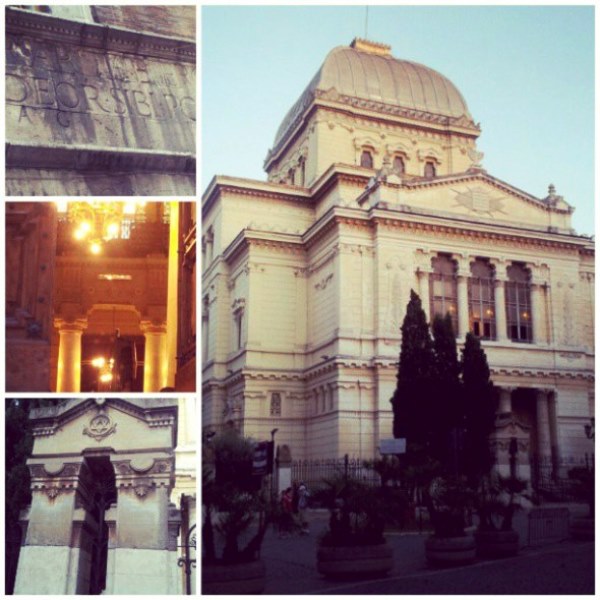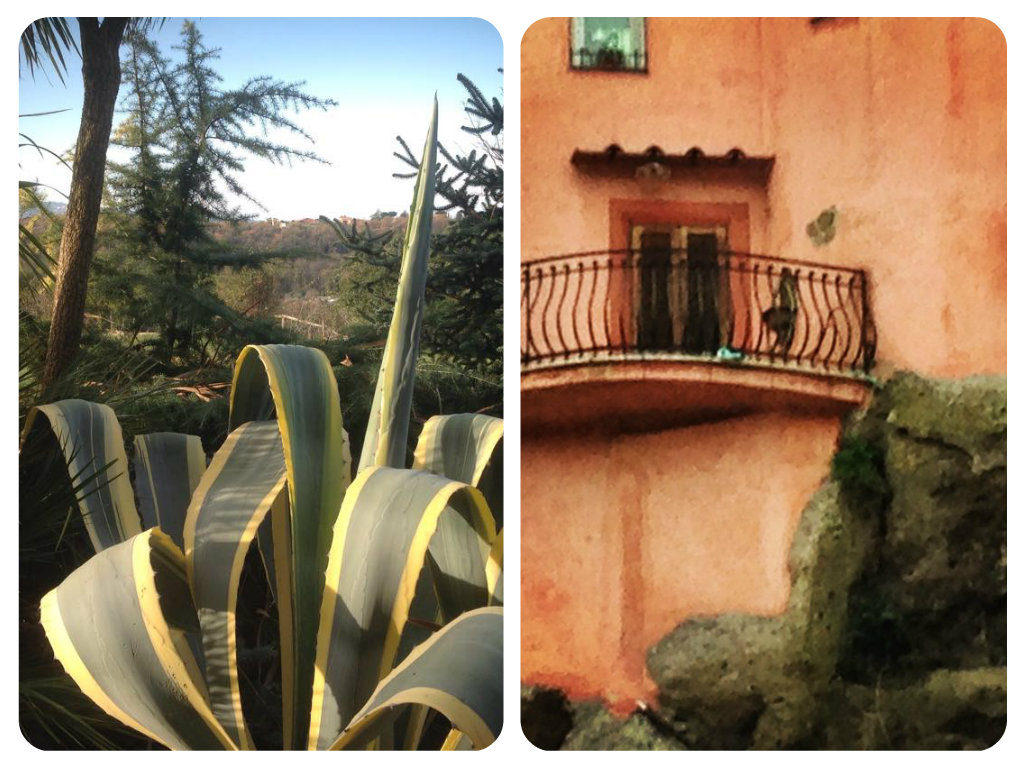In a time long past, I programmed my travels organizing all retail. Predisponevo stages, visit, stops, planning everything to perfection. It's not that I can not do it again, seeing, my natural inclination organization could not I just make do without! In realtà, the thing that has really changed, is the ease with which I live the journey, let's say I let myself go ... I chat to fate, sorrido, joke, combining the knowledge the thrill of expectation and discovery.
I made this introduction to help you understand the state of mind that accompanied me during my last tour to Rome. There I waited for a friend, Giulia Nekorkina, with which it was decided to relive a vacation along the route "Rome Salerno Naples”. Gives due, a blonde and a redhead Lombard-Venetian-Roman in Moscow, that in six days they shared happy moments and sad moments, memories, thoughts, landscapes, emotions and two hats ...! 😉
Well, I declare: “I love hats”, sometimes I buy them and sometimes I do them. I wear them despite the looks bewildered people are not accustomed to the more feminine style of the times when it was more widespread use. Some time ago I had promised one to me and packaged by Giulia… quale migliore occasione per mantenere la parola data se non questa. I met her recently. She had struck me a few sentences he wrote on a popular social networks. His words felt the pain, but at the same time, the strength and the desire to start… the same one that I recognize in myself.
After our meeting in Milan, after talking for a long time listening to each other in what each felt to tell of his life, for a period we have written. One day, after having expressed my longing for Naples and the Amalfi Coast, she decided she answered: “Cynthia, we can go together!"It 'just only a moment to decide…
I left by train on a Saturday afternoon immediately by combining one of my! Virtually, just climb into the carriage, I realized that he had forgotten the bag with hats after it is placed on the ground to take a picture! Nooo, mi son this! Are taken as a spring seat by asking a person to custodirmi suitcase, pity that the train would leave them three minutes… I had to act quickly! I rushed towards the recovery of flakes, heels, and fuchsia ribbons in her hair fluttering. I was running from one side in search of the bag, and an attendant ran from the opposite side looking for a 'forgetful'. Fortunately, all of a sudden we crossed, and to my great happiness ... hats recovered! 😉
Three hours later I was in Rome. Hailed Julia that I was coming up from the station, I was ready to begin our adventure. 🙂 Tra le tante cose programmate, was scheduled in the evening of my arrival, dinner with… “Those at Ideal Bar”, a group of dear friends now known years ago, through the comments in the living room of the virtual bar of my dear Giorgio Ferrari.
The next day we visited with Julia Marina del Faro Fiumicino, a wonderful place, suitable for meditation, near Rome, but away from the hustle, a place to talk with fishermen and enjoy the sea. Along the way, mentre tornavamo, Julia Fiumicino described to me by telling me of its houses and its history. Ad un tratto l’ho vista fermarsi ad osservare una vecchia abitazione dall’interessante struttura. Quella casa da tempo la incuriosiva, and the temptation to visit her whenever he passed was so. Good, it was time to remedy. Looking at her I said: “But why, where possible, should we not fulfill our wishes?!” Then, under the rain, We climbed and… curiosato!
It was time to go ... First stage, Vietri sul Mare, town in the province of Salerno declared in dall'UNESCU 1997 World Heritage Site. Anyone who knows me knows that I love talk to people… il modo migliore per conoscere i territori che si visitano. It 's so that we met Mrs. Irene Avallone, that, after having congratulated for hats, told us about the history of the craft of ceramics factory Avallone. A history of crafts that continues for four generations…
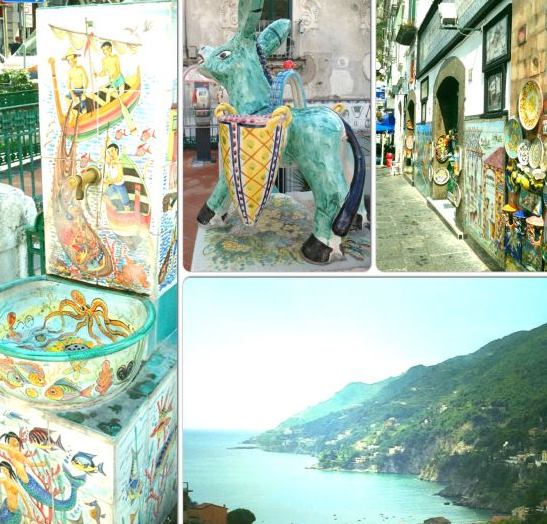
Vietri sul Mare
She had arrived at lunch time. Julia remembered to have stopped years earlier in a typical restaurant of Cetara with a sunny terrace overlooking the sea. We found. For those lucky enough to experience this place does not need words, here only serves the silence, while, enjoying the food you look at the horizon ...

Ravioli of sea urchins stewed grouper and clams – Restaurant Falalella – Cetara
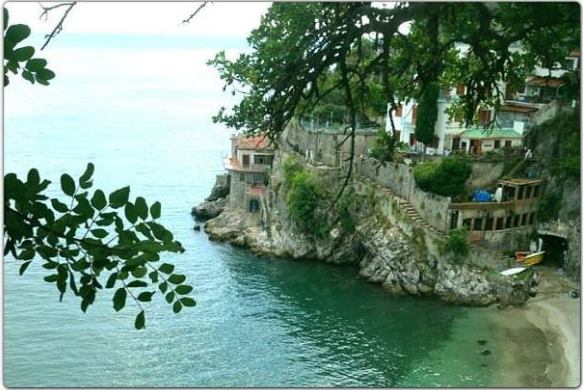
Cetara
Satisfied, we continued our tour heading towards Maiori. Once they get my eyes focused on the cultivation terraces facing the sea. A picturesque view that made me think of the laborious work of the farmers in the area.
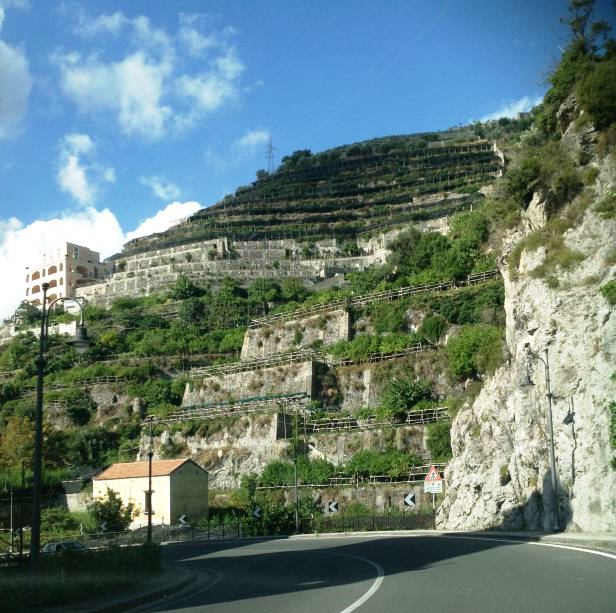
Maiori
A trip if you lived in its entirety, requires the knowledge of its people, its territories and its typical. A Minor per l’appunto, as we say sacrificed, when, passing the famous pastry shop in the area ‘Sal De Riso‘, we could not help but stop for a taste… 😉

It was the time of Amalfi, ancient seaside town that, with his views and his views distracts from any bad thoughts. Here we walked along long streets full of voices, colors, and typicality.
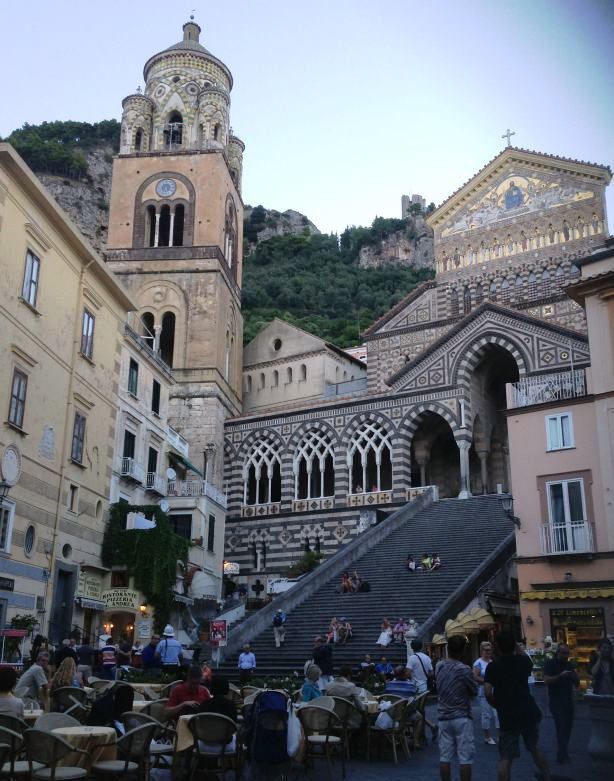
Amalfi
Our journey continued in direction Positano, a city with a well-known name in which I had never been. Before you arrive, along the road, we stopped at a point that allowed his gaze on the lights of Positano on which fell the night.
A view to live in silence ... 'magic, poetry, dream’ were the only words that I thought.

Positano
Giunta night my eyes were turned to the sea Sorrento… Homer in the Odyssey described it as the land of the sirens, that, con il loro canto tentarono invano di convincere Ulisse a sbarcare.
Which, in 1544 was born the poet Torquato Tasso, author of the Gerusalemme Liberata. He is dedicated to the city's main square.

Sorrento
Our holiday together has continued to Pozzuoli, a seaside town founded by a group of exiled Greek island of Samos. For a long time I had arranged an exit night with a fishing boat. I wanted to follow fishermen, just for once, to understand better the work. Too bad that the north wind for two consecutive nights made my plans go up in smoke. This is the vessel on which we had to climb.
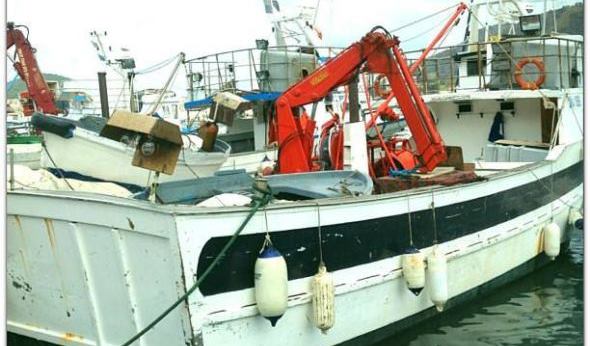
Pozzuoli
To console, along with Julia and Antonio Chiocca, fisherman and our guide in Pozzuoli, we walked around the city visiting the Temple of Serapis, the ancient Roman market also called market Puteoli, the original name of Pozzuoli. It is considered a temple because during the excavations, in 1750, it was found the statue of the Egyptian god Serapis.
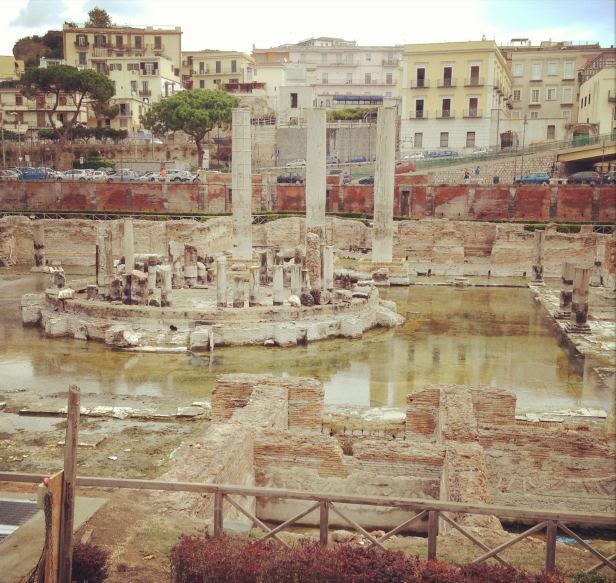
Temple of Serapis
After Pozzuoli we continued towards the center of Naples. Along the way, the beautiful view of the Vesuvius, the quiescent volcano which last erupted in March 1944, ci ha piacevolmente accompagnato.
We've finally found and met friends, as they say, does not stop here…

Vesuvius
